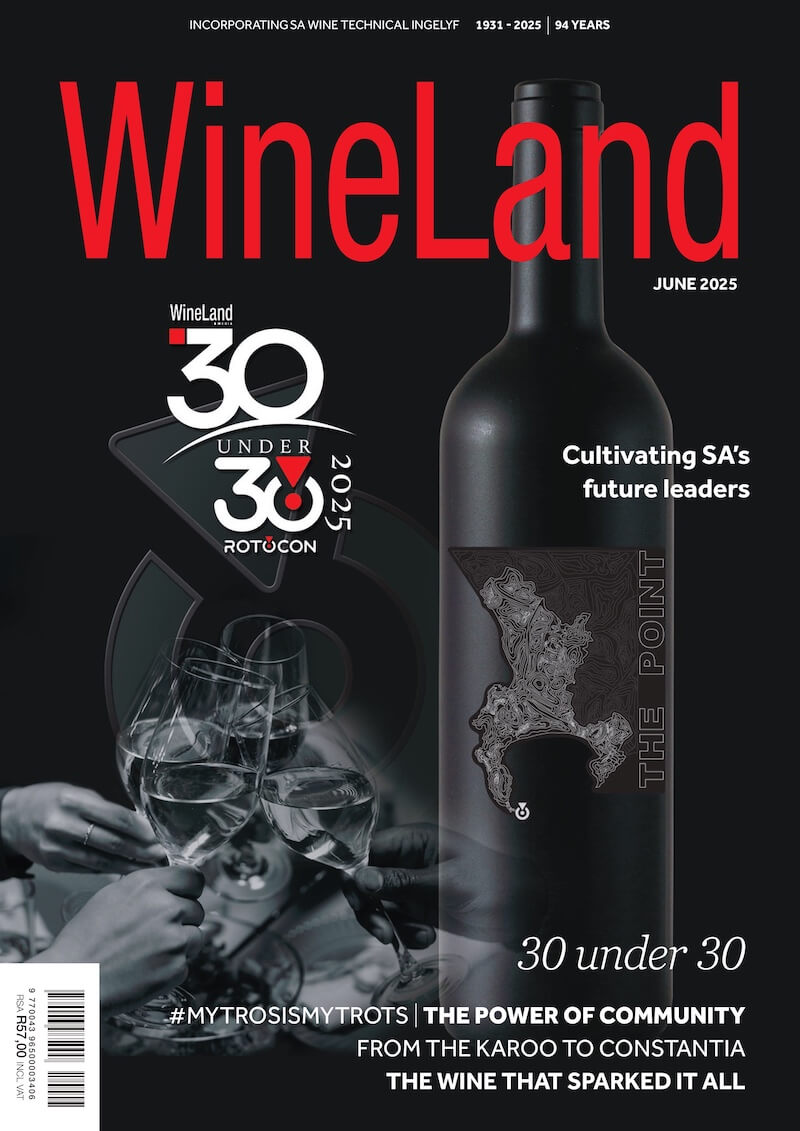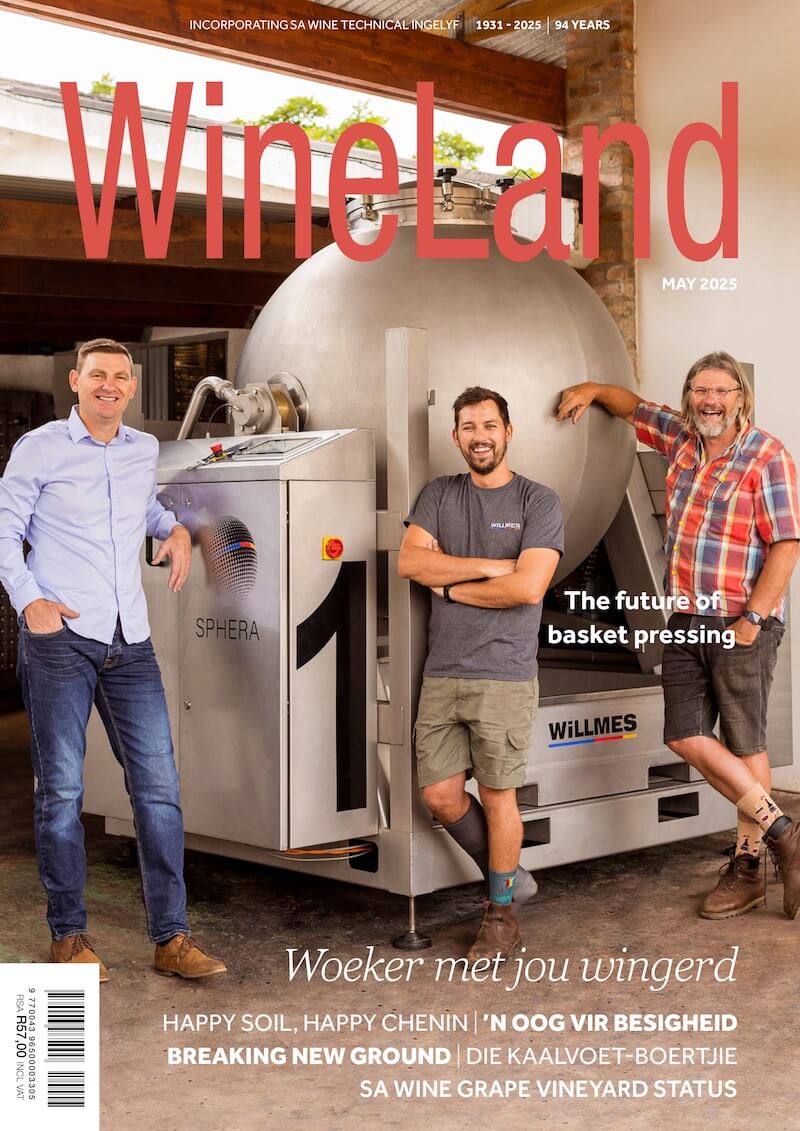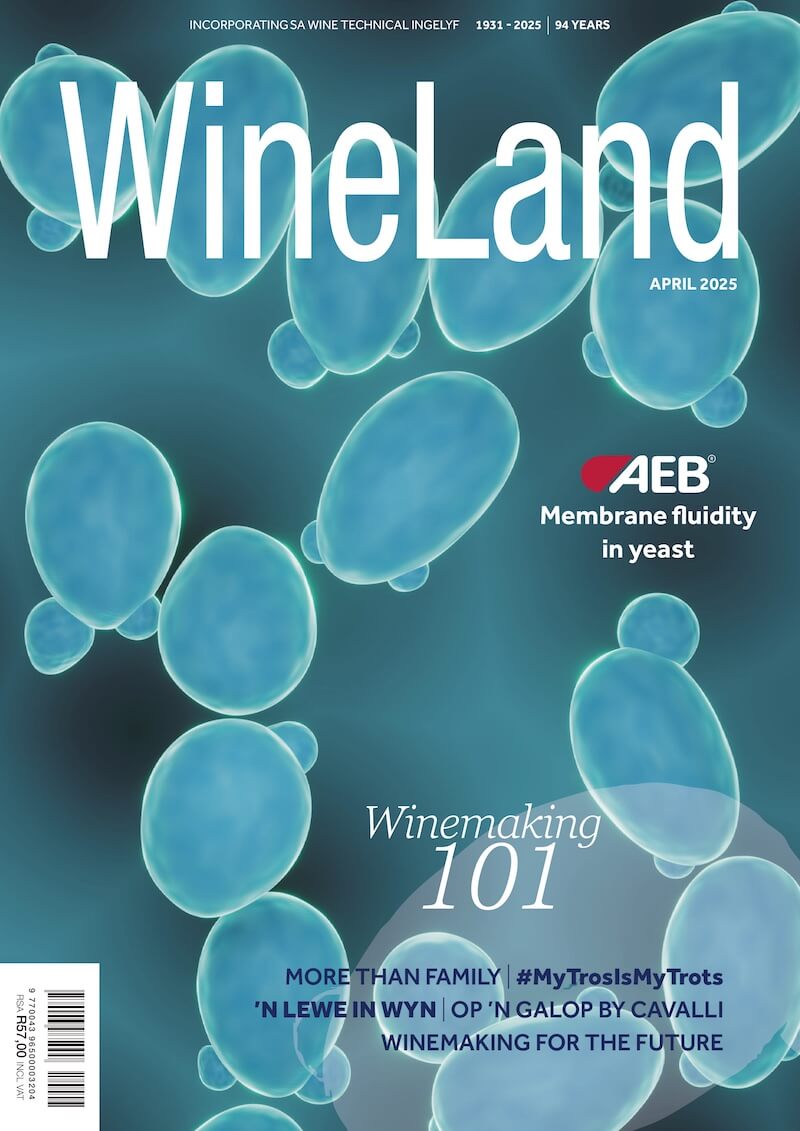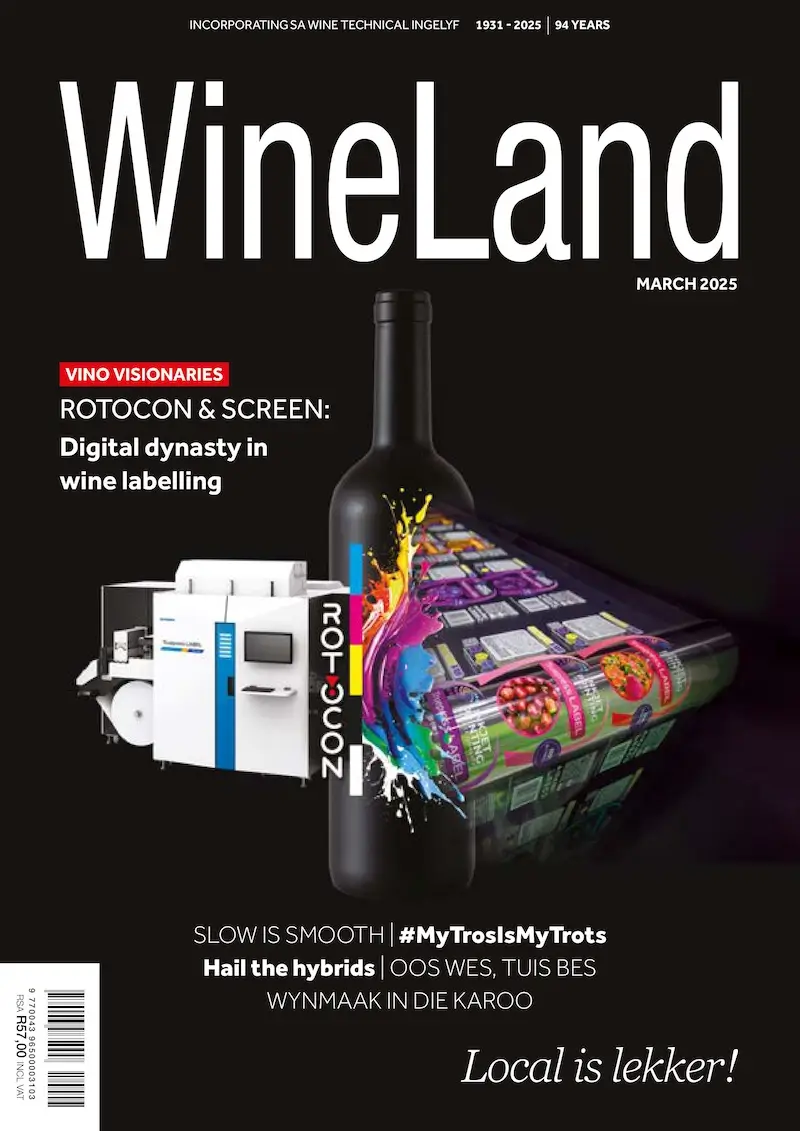The South African wine industry is faced with a conundrum. Acclaimed British Master of Wine Tim Atkin shares his views on how to tackle it head-on.
You describe SA wines as the hottest commodity in the wine trade. Why does this not reflect in the pricing of our wines?
I think it’s reflected in the price of some of your wines, but it’s true that South African wine in general is too cheap for the long-term sustainability the industry demands. In a sense, you are
victims of your own success – or rather your ability to make very drinkable bulk wine, especially
white bulk wine.
Price increases don’t happen overnight and are obviously related to supply and demand worldwide, including South Africa. I genuinely believe that the wines you’re making now are as good as those made anywhere and represent remarkable value for money. You just have to wait for consumers to realise this.
How do we change our pricing of wines to reflect the quality you talk about?
There’s no easy fix, alas. You may have to pull out some of your vines, although there needs to be incentives to protect low-yielding old vines, or persuade farmers to switch to other crops. What you want, ideally, is a shortage of Cape wine rather than an oversupply, which is what we have now in most areas.
Other than that, you need the top producers to keep doing what they’re doing – travelling the world and pouring their wines – as I think there’ll be a top-down transformation in the medium term. It’s about changing the way people view Cape wines –from cheap, cheerful and reliable to distinctive, diverse and terroir- or region focused.
Marketing is a huge part of this. WOSA does a fantastic job on a comparatively small budget. Increased government funding for an industry that reflects a positive image of the country and attracts tourists would be welcome too.
The last point about pricing and quality is that you have to believe the wines are worth it yourself and charge accordingly. I often think that international commentators are more enthusiastic about your wines than your local journalists, who tend to reflect a prevailing South African view that if it comes from the Cape, it can’t be world-class.
Why do we need a Penfolds, Catena or Concha Y Toro?
The significant thing about these companies is that they’re all comparatively large or, in the case of Penfolds, part of a bigger business and have promoted themselves as well as their countries [Australia, Argentina and Chile] worldwide. They’re also ladder brands, which means they offer consumers a range of wines at different price points, guiding them gently towards the very best. South Africa doesn’t really have that. Nederburg and KWV are probably the closest you come, but they haven’t made a Nicolás Catena or an Almaviva yet.
Small boutique wineries are great for improving South Africa’s image, but you also need volume brands that are widely available in the marketplace and have a marketing budget behind them. That’s crucial to changing perceptions of Cape wine.
What do wine farmers need to do to become more profitable?
It’s not easy in the current circumstances, but the obvious answer is to sell their grapes at higher prices. That means persuading co-ops and producers to pay more for them, but they can only do that if importers and end consumers are prepared to do so too. I think there maybe needs to be an annual negotiation between growers and producers, the way there is in Champagne, to discuss the price of grapes. Rather than acting like adversaries, they should see themselves as partners. It’s something the industry has to tackle as a whole. Because in the end, without farmers there’s no wine industry.
What distinguishes your SA best of’s?
My best wines reflect my palate and experience of tasting your wines for more than 25 years. There’s no obvious pattern to them as they come from a range of regions and reflect all your styles, from sweet to sparkling and red to white. One thing I do look for is a sense of place or places if they’re blends of vineyards.
What makes you excited about SA Chenin Blanc, Syrah and Méthode Cap Classique?
The quality and range of styles. Chenin has sometimes been dismissed as a workhorse grape and isn’t always planted in the best areas, but it can make incredible, world-class wines. Syrah, for me, is the red grape with the most potential across a range of regions. It’s not as historic in the Cape as Chenin, but I love the diverse styles it produces. MCC has just got better and better in the past decade, partly thanks to the arrival of new producers such as Silverthorn and Le Lude, but also because it’s being taken more seriously and aged for longer on lees.
Tim’s five top tips to improve the perception and profitability of your wine.
1. Recognise that the industry is in crisis, even if the quality of South African wine has never been higher.
2. Work together as an industry to come up with long-term solutions, which may involve some tough choices.
3. Petition the government and private sector for more funds, especially to protect old vines and make it profitable to farm them.
4. Persuade big companies and co-ops to pay more for grapes and increase the prices of their wines, both in the domestic and export markets. Selling more wine at higher prices is crucial.
5. Spend more on marketing as an industry to promote your wines. Support WOSA’s efforts and get involved in its programmes.














